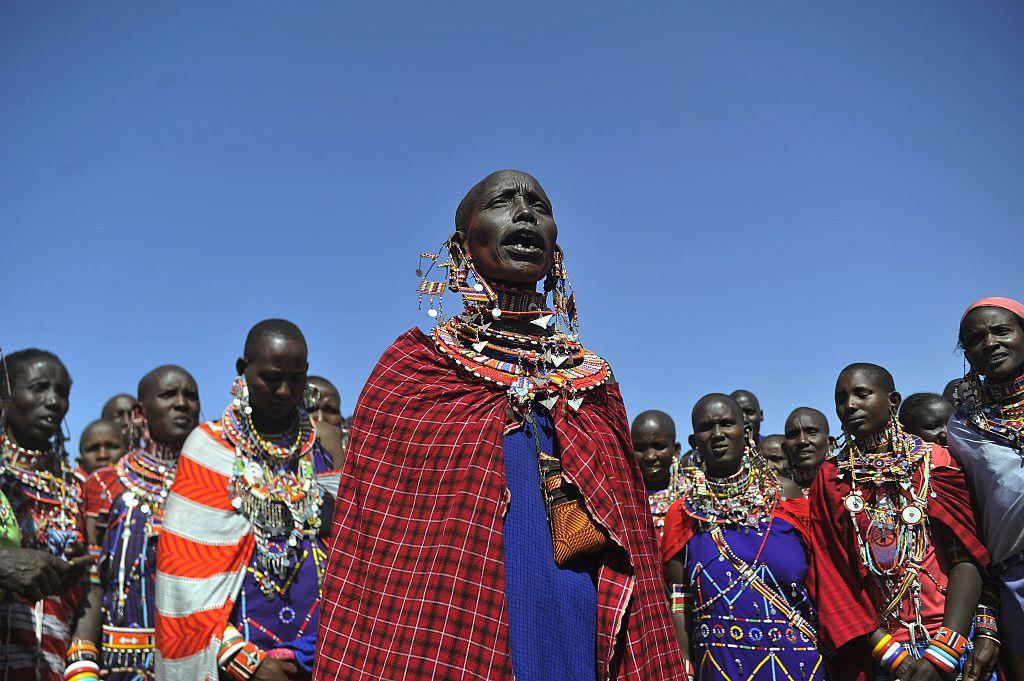Maasai people of East Africa fighting against cultural appropriation by luxury fashion labels
Their name and image is estimated to be worth billions of dollars

The Maasai of Kenya and Tanzania embody one of the most powerful images of tribal Africa – but it’s a guise that’s becoming increasingly imitated.
Companies around the world have, for some time now, continued to exploit the Maasai’s iconic cultural brand in a bid to infuse a patina of exoticism to their products and increase sales.
The most familiar, perhaps, harks back to Louis Vuitton’s 2012 spring/summer men’s collection which included hats, shirts and scarves inspired by the Maasai Shuka – a traditional African blanket cast in colourful shades of red and blue.
The key issue here is that the Maasai people aren’t compensated for anything sold under these luxury brands' names despite having helped them sell billions of dollars worth of goods worldwide, according to Light Years IP, a Washington DC nonprofit that works on public interest intellectual property issues internationally.
As a result, another group known as the Maasai Intellectual Property Initiative (MIPI) has been created to challenge companies referring to or copying the signature Maasai style without a licensing agreement.
It hopes that by working with the community and forcing companies to obtain licences from the Maasai that reasonable funds can then be distributed to the people.
“Nearly 80 per cent of the Maasai population in Kenya and Tanzania are living below the poverty line,” the website explains.
“Yet their distinctive and iconic cultural brand and intellectual property concepts have been used commercially around the globe.”
Just as Burberry has the right to copyright and trademark its signature check, so too the Maasai should be able to protect its traditional designs.
But, for some reason, while the rest of the fashion industry progresses, it continues to struggle to maintain an ethical business model.
By working with the Maasai through community boards and gatherings, the MIPI hopes to place control of the cultural brand back in the hands of its people and accrue the compensation it is deserved.
In fact, they’ve gone as far as to quantify exactly how much the Maasai are owed. It’s calculated that around 80 companies are presently infringing and as a result, the Maasai people should be collecting $10m in licensing fees every year.
Subscribe to Independent Premium to bookmark this article
Want to bookmark your favourite articles and stories to read or reference later? Start your Independent Premium subscription today.

Join our commenting forum
Join thought-provoking conversations, follow other Independent readers and see their replies